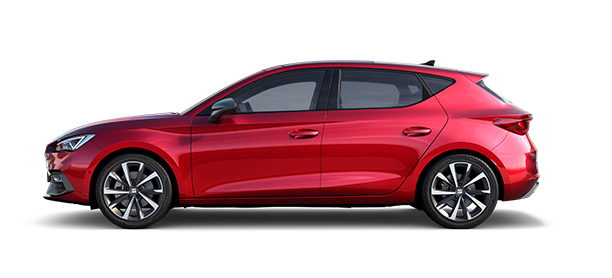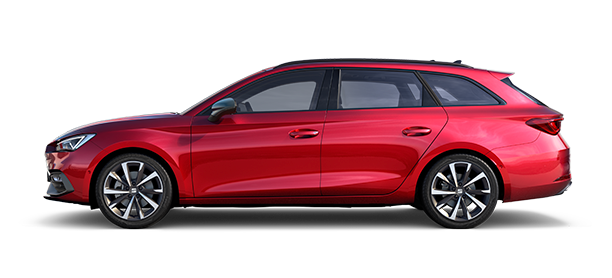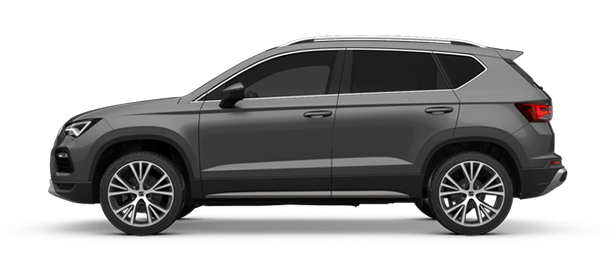The world is changing, and these changes affect the way people get around. Technological innovations, the fight against climate change, new societal needs, and more recently the COVID-19 pandemic have completely reshaped mobility. The latest episode of SEAT S.A.’s podcast Moving Forward explores these new trends with SEAT MÓ Managing Director Lucas Casasnovas and John Moavenzadeh, Executive Director of Urban Mobility at MIT.
Mobility after COVID-19.
J Moavenzadeh, E.D. of Urban Mobility at MIT joins us on the Moving Forward podcast.
COVID-19 has not only changed our lives, it has also influenced the way we get around. “The situation today is completely different from before COVID-19” explains Lucas Casasnovas. “The pandemic has accelerated the changes in mobility for 2025-2030 that we predicted in 2018” he adds. For John Moavenzadeh, this change is a logical consequence: “An interesting way to frame the question is not how did COVID-19 change mobility, but how did COVID-19 change things for which we use mobility. Mobility means being able to quickly and easily access essential services for society such as workplaces, educational establishments or healthcare facilities.”
The road to electrification.
Long before the pandemic, electrification was one of the key trends in mobility, but Moavenzadeh insists there is still a long way to go, with the improvement of charging infrastructures as the main challenge: “We need to create a public-private electric charging infrastructure so that the landscape of transport systems can make the switch to electricity.” In this sense, Casasnovas adds two more challenges: “People will have to get used to the idea of driving electric cars and commit to shared electric mobility.”
The ‘Holy Grail’ of urban transport.
Urban mobility, electrification and COVID-19 are amongst the topics we discuss.
“A really exciting challenge and opportunity for urban mobility is the question of integration” says Moavenzadeh. “It is what you can call the Holy Grail of transportation”. This integration is about connecting all the necessary means of transport, “a scooter, taking the metro, taking the ride-share, using your own personal-use vehicle; connecting those modes so that a trip becomes a 100% integrated, completely transparent.” In this way, the user doesn’t have to worry about how to get from point A to point B. Casasnovas adds that “more flexible public transport is needed, to adapt it to the needs of citizens”as well as digitalising all possible means of transport in a single place, through an app for instance, to make mobility easily accessible to everyone.
The role of business.
“The keyword for mobility, infrastructure and energy companies, and the entire ecosystem is partnership” explains Moavenzadeh. And, although there are many alternatives to vehicle transport that suggest the car’s days may be numbered, the expert has made it clear they still have a long way to go: “We’re definitely not talking about the end of cars, we’re talking about an evolution in the business model behind them” he says. “The car itself is an amazing product and will continue to be part of the transportation system even in urban areas, but perhaps under a different business model rather than me just personally owning my car” he adds. “That enables more choice.”
The keys to the mobility of the future.
For Casasnovas, the future of mobility lies in joining forces: “What we had so far were several car manufacturers or car companies competing against each other, merging and then trying to get the best automotive group of the world.” But now, “what we need is a common vision of where we want to take the mobility of the future.” In this respect, the indications from the European Union are clear: “100% electrified, zero emissions, no noise and really focusing on digital and green technology” he says. “Now that we have this common vision, what we have to do is join forces to ensure that it is implemented as soon as possible” he concludes.













